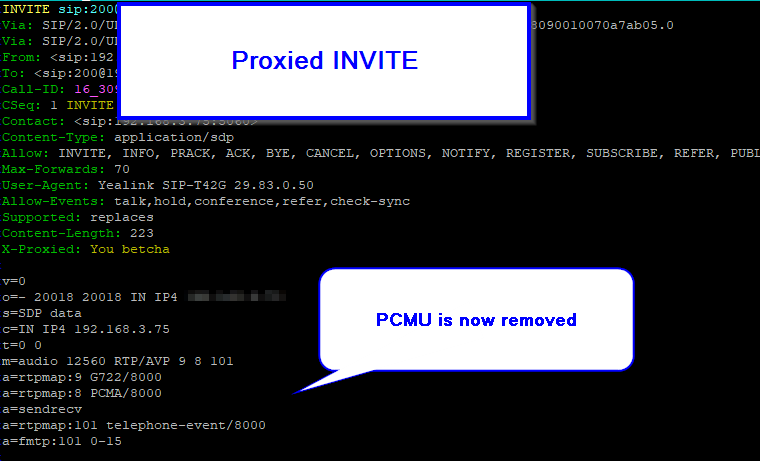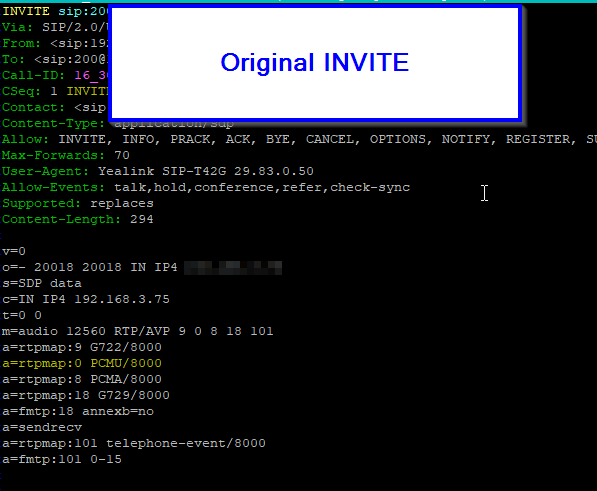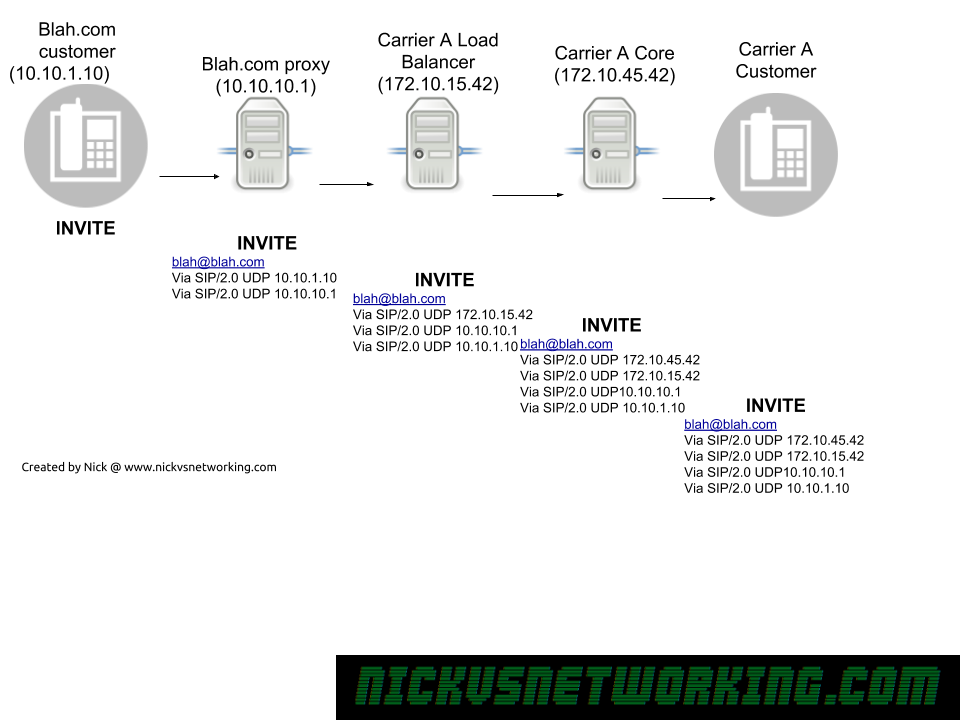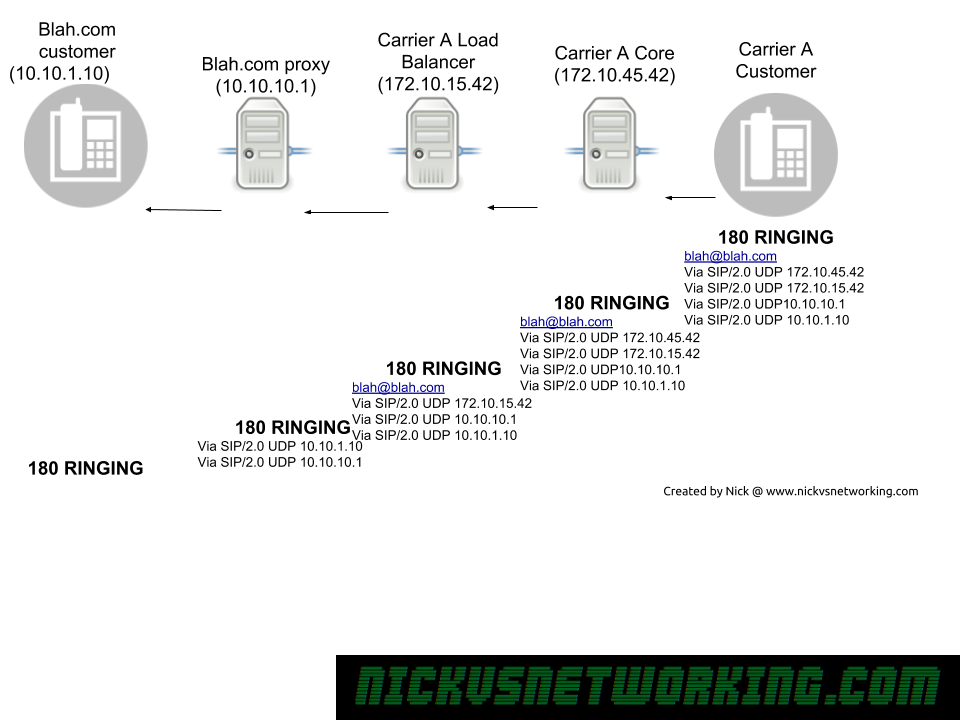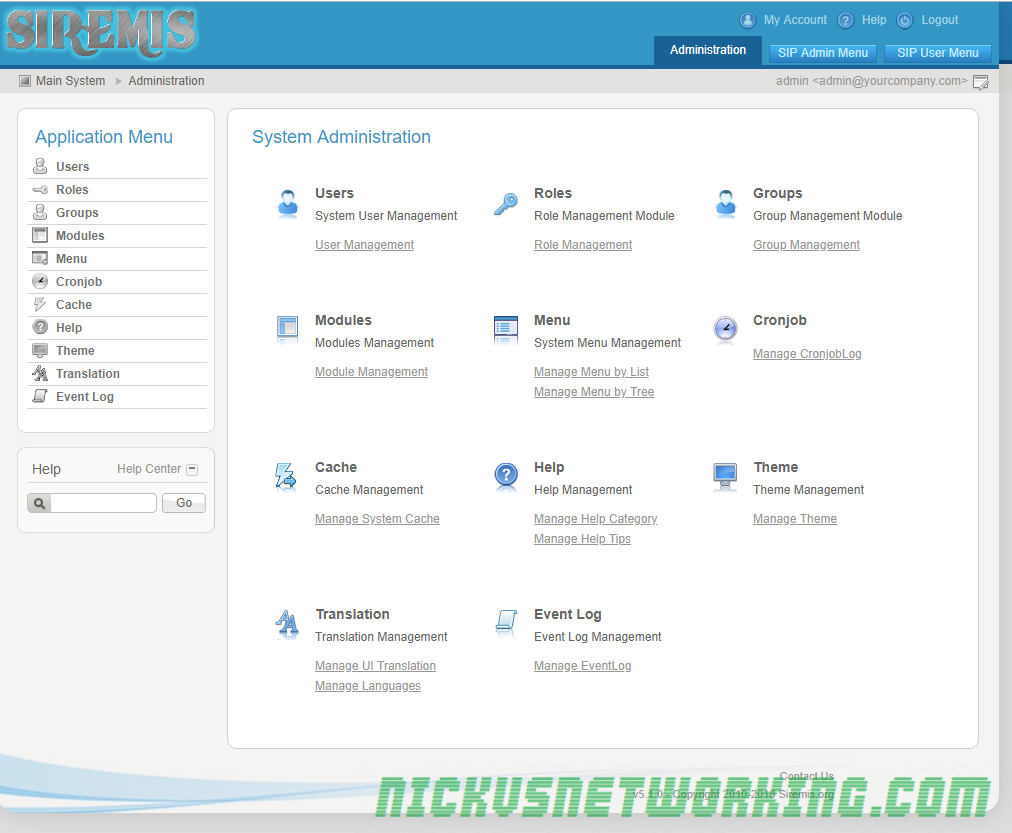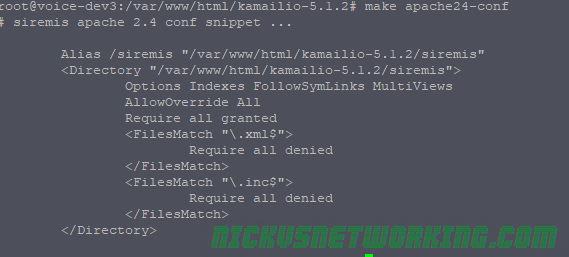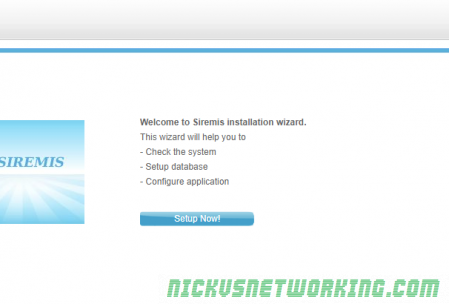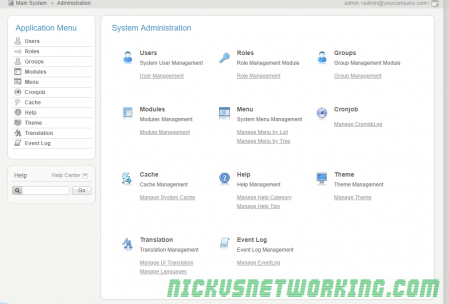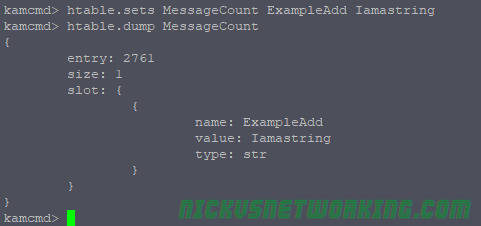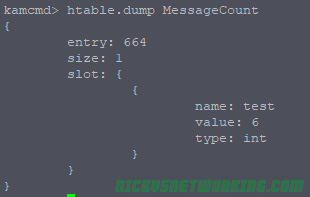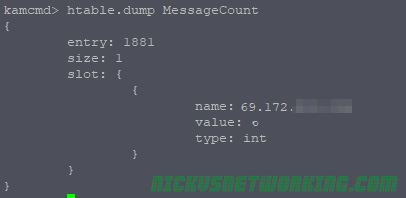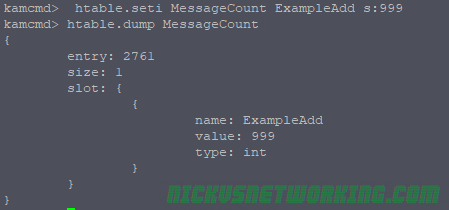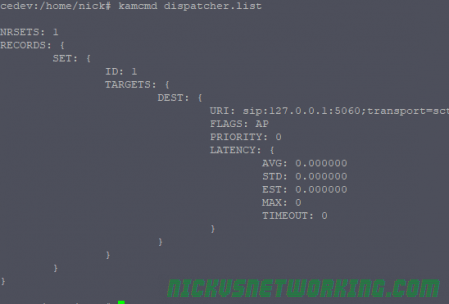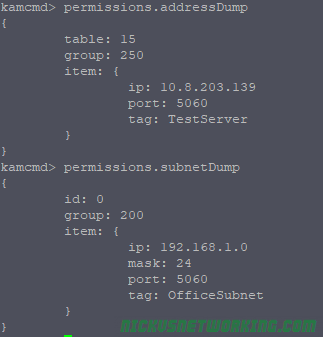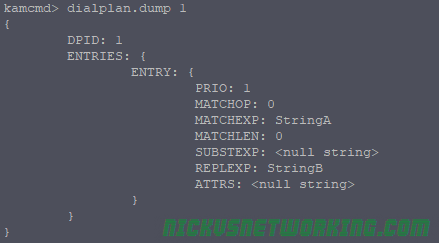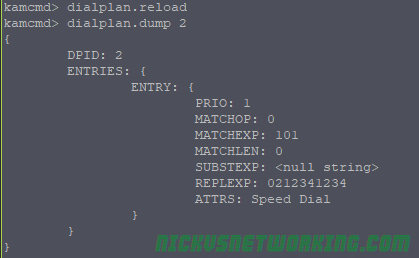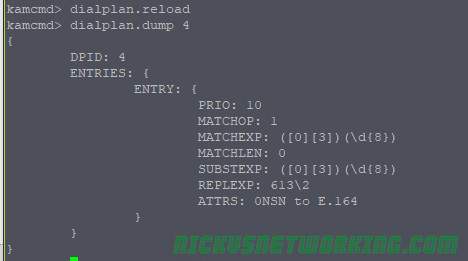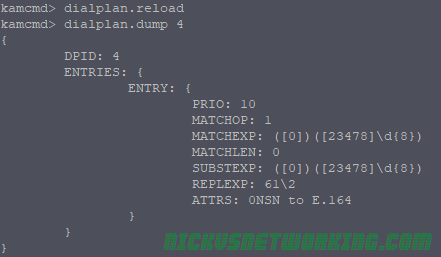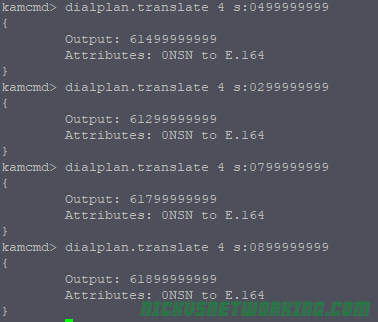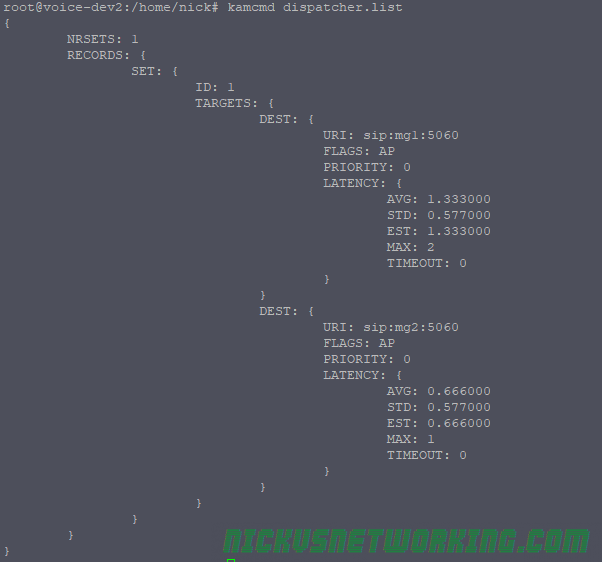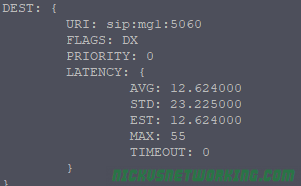We talked a little about the Transaction module and using it for Transaction Stateful SIP Proxy, but it’s worth knowing a bit more about the Transaction Module and the powerful functions it offers.
So today I’ll cover some cool functionality TM offers!
Different Reply Routes
By calling the t_on_reply(); we can specify the reply route to be used for replies in this transaction.
route[RELAY]{
#Use reply route "OurReplyRoute" for responses for this transaction
t_on_reply("OurReplyRoute");
#Relay (aka Forward) the request
t_relay_to_udp("192.168.3.118", "5060");
}
onreply_route[OurReplyRoute] {
#On replies from route[RELAY]
#Check our AVP we set in the initial request
xlog("for $rs response the value of AVP \"state_test_var\" is $avp(state_test_var) ");
#Append a header so we can see this was proxied in the SIP capture
append_hf("X-Proxied: For the reply\r\n");
}
Any responses from the route[RELAY] routing block will go to onreply_route[OurReplyRoute], the beauty of this is it allows you to have multiple reply routes each with their own logic. For example for a call leg to a carrier you may want to preserve CLI, but for a call leg to a customer you may wish to restrict it if that’s the option the user has selected, and you can make these changes / modifications in the reply messages.
Failure Routes
Failure routes allow the transaction module to know to try again if a call fails, for example if no response is received from the destination, send it to a different destination, like a backup.
route[RELAY]{
#Use reply route "OurReplyRoute" for responses for this transaction
t_on_reply("OurReplyRoute");
t_on_failure("OurFailureRoute");
#Relay (aka Forward) the request
t_relay_to_udp("192.168.1.118", "5060");
}
failure_route[OurFailureRoute]{
xlog("At failure route");
t_reply("500", "Remote end never got back to us");
exit;
}
We can build upon this, and try a different destination if the first one fails:
request_route {
#Enable record_routing so we see the BYE / Re-INVITE etc
record_route();
#Handle Registrations in a dumb way so they don't messy our tests
if(is_method("REGISTER")){
sl_reply("200", "ok");
exit;
}
#Append a header so we can see this was proxied in the SIP capture
append_hf("X-Proxied: You betcha\r\n");
if(is_method("INVITE")){
#Createa new AVP called "state_test_var" and set the value to "I remember"
$avp(state_test_var) = "I remember";
}
#Let syslog know we've set the value and check it
xlog("for $rm the value of AVP \"state_test_var\" is $avp(state_test_var) ");
#Send to route[RELAY] routing block
rewritehostport("nonexistentdomain.com");
route(RELAY);
}
route[RELAY]{
#Use reply route "OurReplyRoute" for responses for this transaction
t_on_reply("OurReplyRoute");
t_on_failure("OurFailureRoute");
#Relay (aka Forward) the request
t_relay();
}
failure_route[OurFailureRoute]{
xlog("At failure route");
#t_reply("500", "Remote end never got back to us");
rewritehostport("192.168.3.118");
append_branch();
t_relay();
}
onreply_route[OurReplyRoute] {
#On replies from route[RELAY]
#Check our AVP we set in the initial request
xlog("for $rs response the value of AVP \"state_test_var\" is $avp(state_test_var) ");
#Append a header so we can see this was proxied in the SIP capture
append_hf("X-Proxied: For the reply\r\n");
}
One thing to keep in mind is that there’s lots of definitions of failure, for example if you are sending a call to a carrier and get a 404 response back, you probably want to relay that through to the end user, because that destination isn’t there.
But if you get back a 5xx series response you may consider that to be a failure and select the next carrier for example.
Different conditions / requirements have different definitions of “failures” and so there’s a lot to think about when implementing this, along with timeouts for no replies, TCP session management, etc.
Parallel Forking the Call to Multiple Destinations
Parallel Forking is a fancy way of saying ring multiple destinations at the same time.
/* Main SIP request routing logic
* - processing of any incoming SIP request starts with this route
* - note: this is the same as route { ... } */
request_route {
#Enable record_routing so we see the BYE / Re-INVITE etc
record_route();
#Handle Registrations in a dumb way so they don't messy our tests
if(is_method("REGISTER")){
sl_reply("200", "ok");
exit;
}
#Append a header so we can see this was proxied in the SIP capture
append_hf("X-Proxied: You betcha\r\n");
if(is_method("INVITE")){
#Createa new AVP called "state_test_var" and set the value to "I remember"
$avp(state_test_var) = "I remember";
}
#Let syslog know we've set the value and check it
xlog("for $rm the value of AVP \"state_test_var\" is $avp(state_test_var) ");
#Send to route[RELAY] routing block
route(RELAY);
}
route[RELAY]{
#Use reply route "OurReplyRoute" for responses for this transaction
t_on_reply("OurReplyRoute");
#Append branches for each destination we want to forward to
append_branch("sip:[email protected]");
append_branch("sip:[email protected]");
append_branch("sip:[email protected]");
t_on_failure("OurFailureRoute");
#Relay (aka Forward) the request
t_relay();
}
failure_route[OurFailureRoute]{
xlog("At failure route");
t_reply("500", "All those destinations failed us");
}
onreply_route[OurReplyRoute] {
#On replies from route[RELAY]
#Check our AVP we set in the initial request
xlog("for $rs response the value of AVP \"state_test_var\" is $avp(state_test_var) ");
#Append a header so we can see this was proxied in the SIP capture
append_hf("X-Proxied: For the reply\r\n");
}

Serial Forking / Sequential Forking the calls to Multiple Destinations one after the Other
This could be used to try a series of weighted destinations and only try the next if the preceding one fails:
/* Main SIP request routing logic
* - processing of any incoming SIP request starts with this route
* - note: this is the same as route { ... } */
request_route {
#Enable record_routing so we see the BYE / Re-INVITE etc
record_route();
#Send to route[RELAY] routing block
route(RELAY);
}
route[RELAY]{
#Use reply route "OurReplyRoute" for responses for this transaction
t_on_reply("OurReplyRoute");
append_branch("sip:[email protected]", "0.3");
append_branch("sip:[email protected]", "0.2");
append_branch("sip:[email protected]", "0.1");
t_load_contacts();
t_next_contacts();
t_on_failure("OurFailureRoute");
#Relay (aka Forward) the request
t_relay();
break;
}
failure_route[OurFailureRoute]{
xlog("At failure route - Trying next destination");
t_on_failure("OurFailureRoute");
t_relay();
}
onreply_route[OurReplyRoute] {
#On replies from route[RELAY]
#Append a header so we can see this was proxied in the SIP capture
append_hf("X-Proxied: For the reply\r\n");
}
Again this will try each destination, but one after the other based on the weight we added to each destination in the append_branch()




